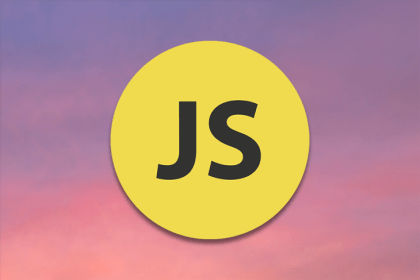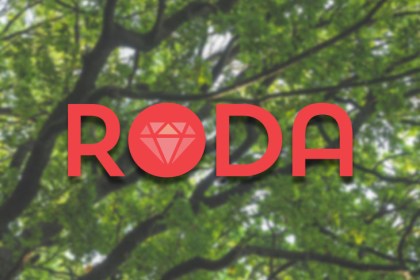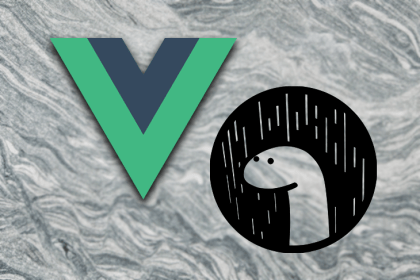
Switch from PHP to JavaScript for improved performance, flexibility, and application compatibility that will make coding both frontend and backend projects easier.

React eliminates a lot of manual work from the code splitting process, thereby allowing developers to focus on creating robust programs.

Learn to use Roda, a Ruby framework with a unique routing tree functionality that can serve more requests while using less memory.

What is vno? This post covers the powerful features it offers, how to install Deno, and how to configure a new Vue app using vno.

Curious what new features come with Gatsby 3.0? This overview covers all the changes you’ll need to know about moving forward.

Use React Router to declaratively navigate within your React and Redux applications and maintain state across your app’s navigation switches.

Testing your applications ensures quality performance and erases bugs. Explore the top testing libraries to find which best fits your project.

What’s new in Flutter 2.0? Get the latest updates, learn about new features and functionalities, and see what’s next for Flutter.

Explore the basics of using React Native Elements to speed up development and customize your user interface with visual icons.

Even though being a software engineer is great, the job isn’t immune to conflict. Here are some tips on handling conflict when it crops up.

Learn about the benefits and functionality of CDNs to determine if they’re a good option for your site.

When refactoring, it’s essential to have tests in place. Here’s why you should write tests that focus on user interactions.